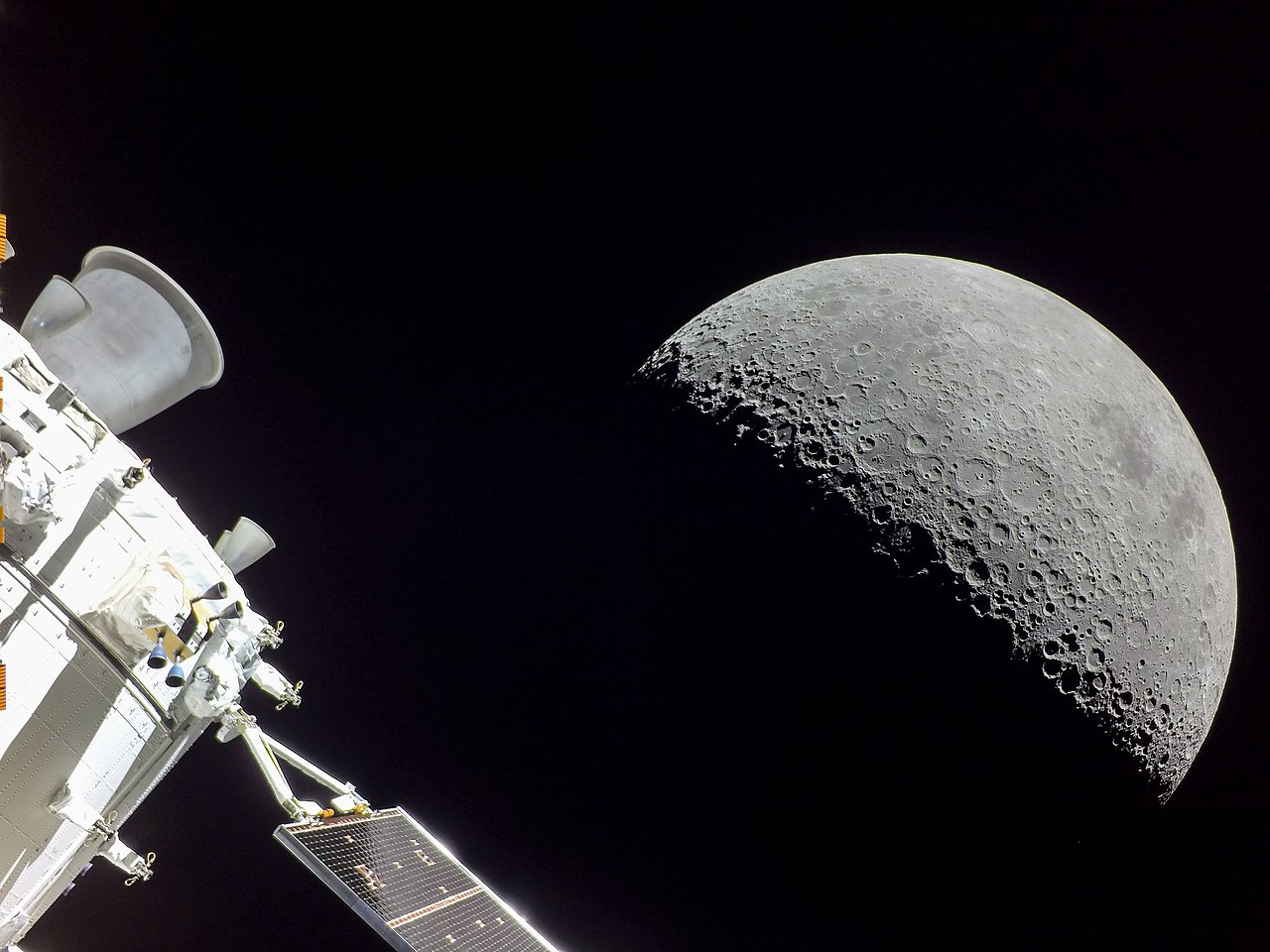Artemis 1: Over the Moon
On December 11th last year, the Orion capsule splashed down in the Pacific Ocean.
Splashdown completed the first Artemis mission, aimed at sending humans back to the Moon.
Artemis 1 had seen the spacecraft spend 25 days going to the Moon and around it.
It had travelled over 2 million kilometres.
In this blog, we’ll assess NASA’s next step into space.
Mission Facts
Launch date: November 16th, 2022.
Mission Duration: 25 days, 10 hours, 53 minutes
Distance travelled: 2 million km, 1.3 million miles
Splashdown: December 11th, 2022.
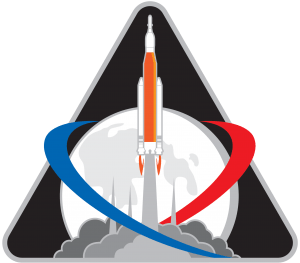
Artemis1 mission patch
Spacecraft
Rocket
Artemis uses the Space Launch System, SLS.
It is the most powerful rocket in production.
SLS uses some hardware from the Space Shuttle programme.
Chief among these are the solid booster rockets and the first stage engines.
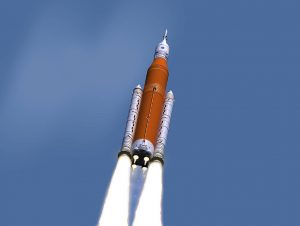
Space Launch System NASA
Orion Capsule
The main aim of Artemis 1 was to test the Orion crew capsule which will eventually take people to the Moon.
The crewed module was developed in the USA, by Lockheed Martin.
Airbus Defence and Space in Europe built the attached service module.
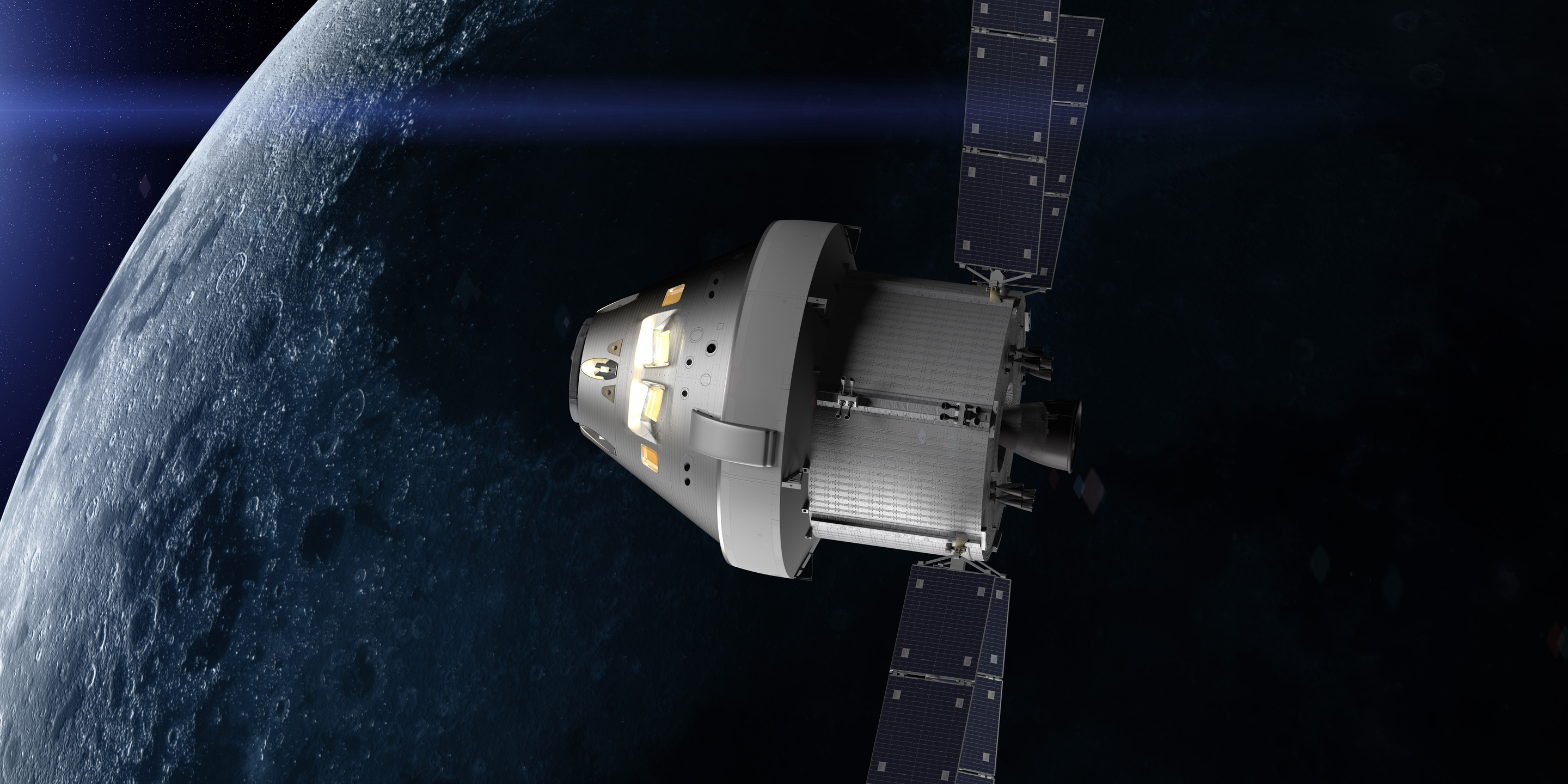
The Orion module. NASA
The crew module is capable of carrying four to six astronauts.
It is half as big again as the Apollo crew capsules.
Orion is 5 metres wide, 3.3 metres high and weighs over 8 tons.
The module is made from an aluminium-lithium alloy.
Silica fibres in a honeycomb of resin and fibreglass make up the heatshield.
The European service module provides electrical power, water and oxygen to the crew capsule.
It can support a crew of four astronauts for 21 days.

Orion and service module. NASA
The module measures 5 metres by 4 metres and is also made of an aluminium-lithium alloy.
Passengers
The most notable passengers were Commander Moonikin Campos, Helga and Zohar.
These manikins held sensors to record the stresses of spaceflight felt by live astronauts.
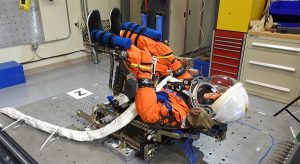
Commander Moonikin Campos. NASA
Space-suited Commander Moonikin Campos had sensors in his seat.
They recorded acceleration and vibration.
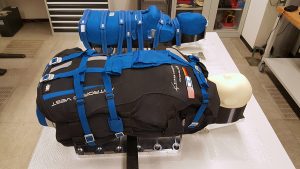
Helga & Zohar. NASA
Helga and Zohar were not so life-like in appearance but much more so in constitution.
The torso dummies were made of materials that mimic flesh and bone.
They were fitted with over 5,600 sensors to record body stress.
Zohar wore a radiation protection vest, Astrorad.
Helga had no such protection.

Orion interior NASA
The Orion module also carried a collection of small satellites, cubesats.
These were deployed during the mission to study both the Moon and our Earth.
Launch
Artemis 1 lifted off from Launch Complex 39B at Kennedy Space Centre on November 16th, 2022.

Artemis 1 night launch. NASA
Orion was in orbit 8 minutes later.

Artemis 1 launch & orbit sequence NASA
90 minutes into the flight, the second stage rocket fired to send Orion to the Moon.
The second stage then separated.
Lunar Orbit
After four days, Orion entered the gravitational pull of the Moon.
It went on to perform two orbital loops of the Moon.
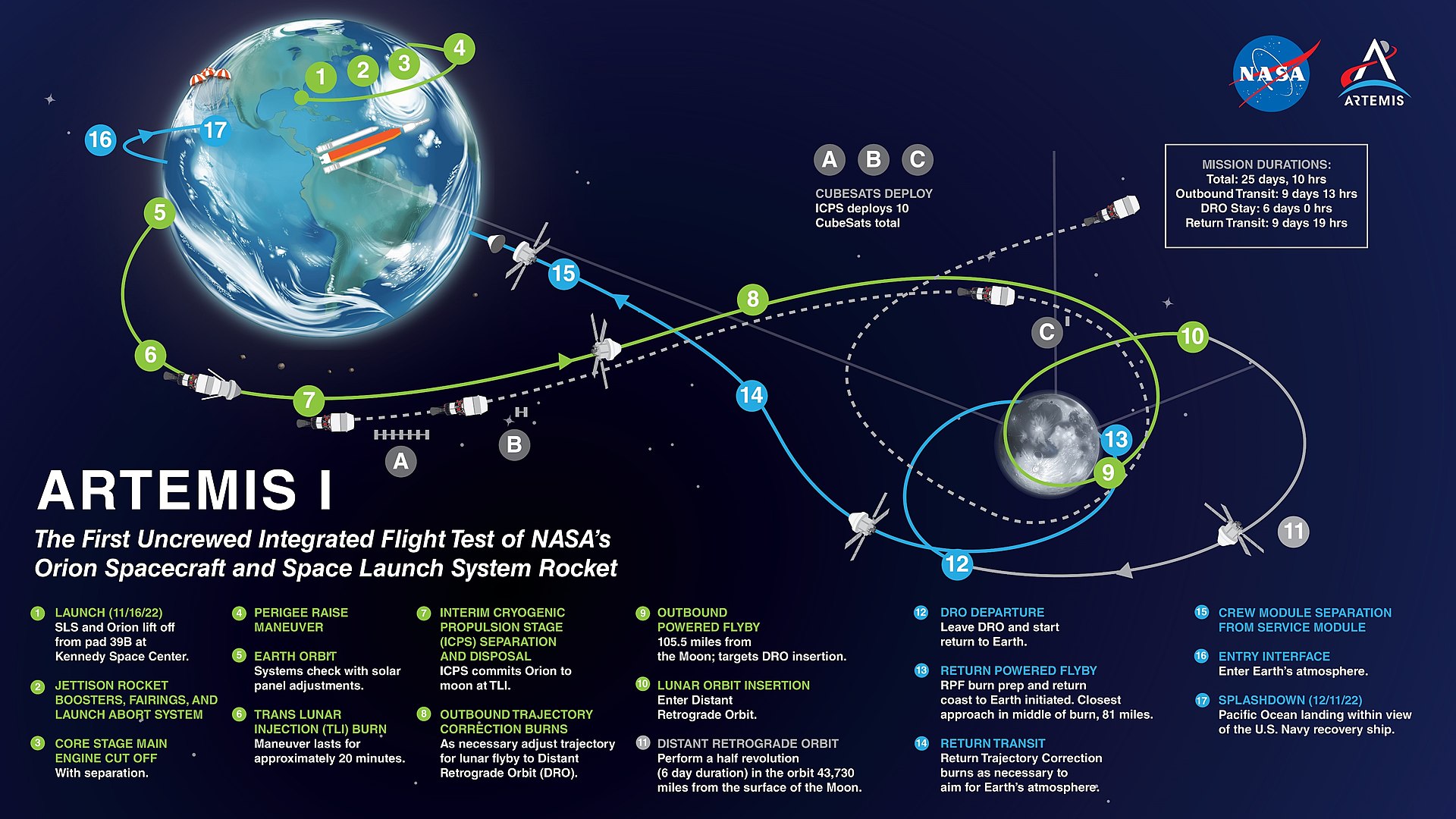
Artemis 1 flight path NASA
The orbital loops took Orion to 130km (81 miles) from the lunar surface.
This was its closest approach to the Moon.
At its most distant, Orion was over 232,000 km from Earth.
Orion at the Moon
Orion’s cameras sent back remarkable images during its flights around the Moon.

Orion and half Moon NASA
Our first image shows the Moon half lit by the Sun.
The craters at the terminator, where light meets dark, are well defined.

Orion and Moon NASA
Our second image shows part of the Moon’s far side.
We cannot see this from Earth.

Moon close up from Orion. NASA
Flying low over the Moon, Orion captured close up images.
The image above shows craters and rilles, narrow lunar valleys.

Orion, Earth and Moon NASA
Orion pictured the Earth and Moon together from a camera on a solar array.

Earth before re-entry NASA
Our final Orion image was taken just before the spacecraft re-entered Earth’s atmosphere on December 11th.
Splashdown
The Orion capsule burned its way through the atmosphere.
Parachutes then deployed to lower it towards the Pacific Ocean.

Orion capsule descending on parachutes. NASA

Splashdown of Orion NASA
Orion splashed down west of Baja California in the Pacific Ocean.
It was picked up by the crew of USS Portland.
On December 13th, Orion arrived back on land in San Diego.

Orion in the dock bay of USS Portland. NASA
The first Artemis test flight was over.
After years of planning and several delays, the Artemis mission is go for the Moon!
If you would like more detail about the mission, please go to NASA’s excellent website.
Just click here.
The author: Dennis Ashton is a Fellow of the Royal Astronomical Society and a Wonderdome presenter.
Would you like to hear more Astronomy news?
Do you want to to find out about our upcoming public events?
Follow WonderDome Portable Planetarium on Twitter and Facebook or go to our web site wonderdome.co.uk

